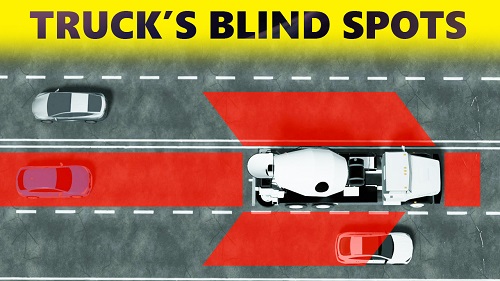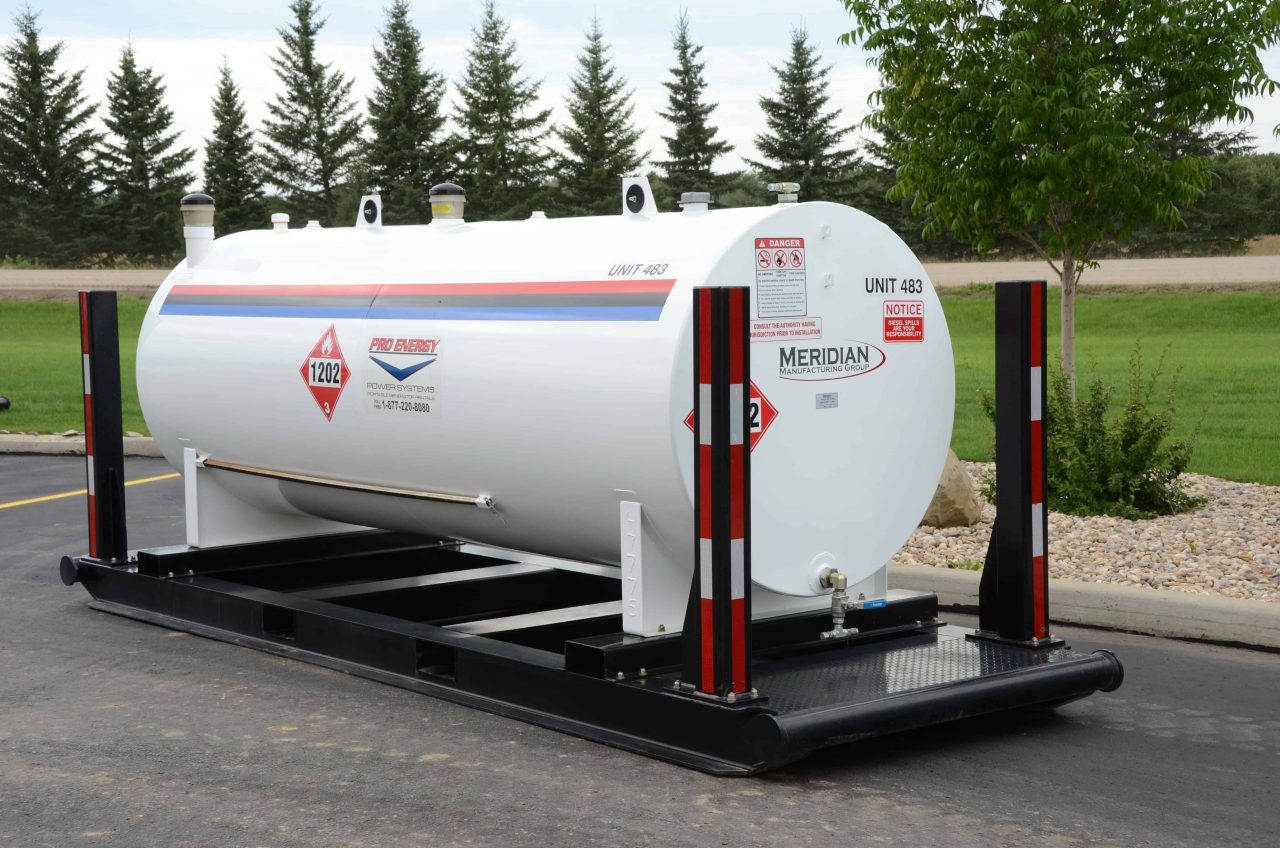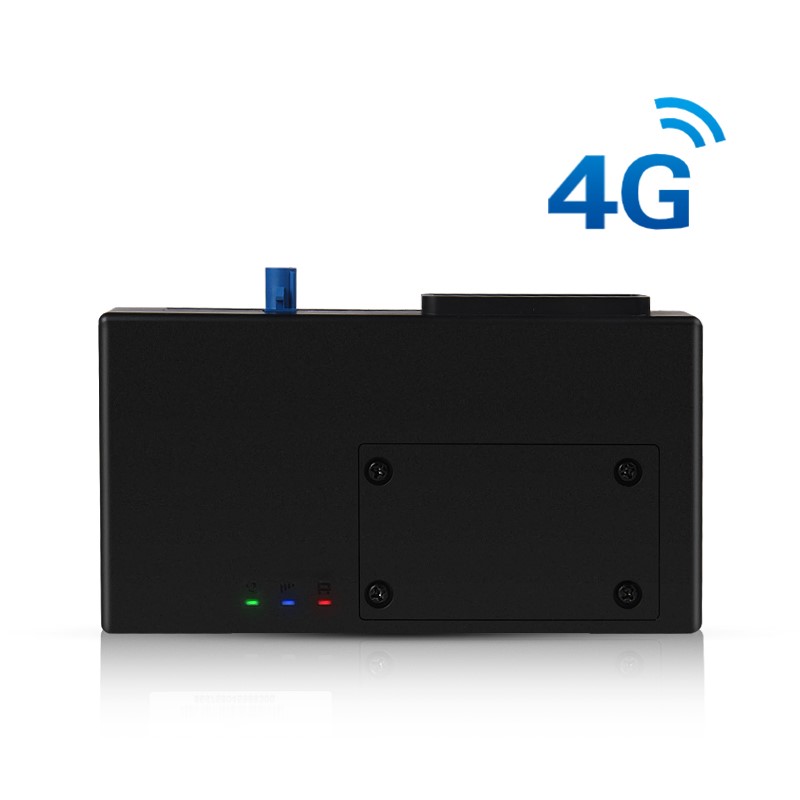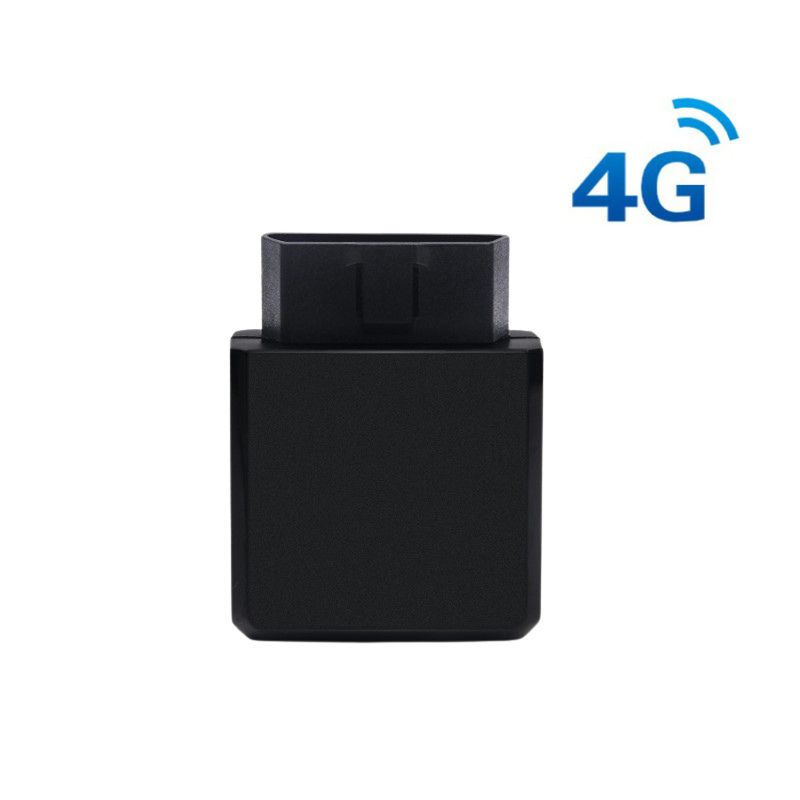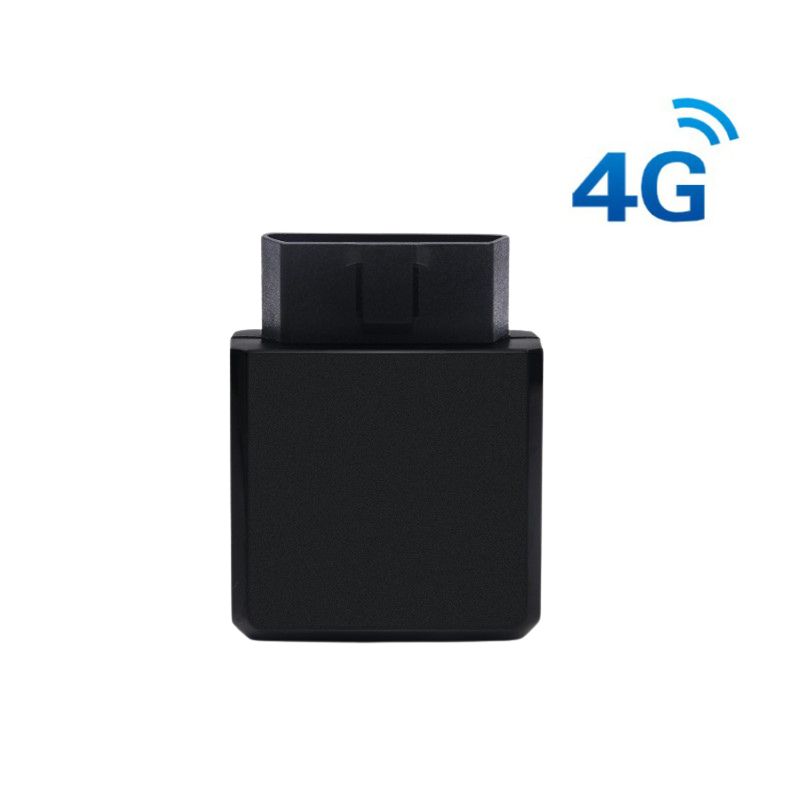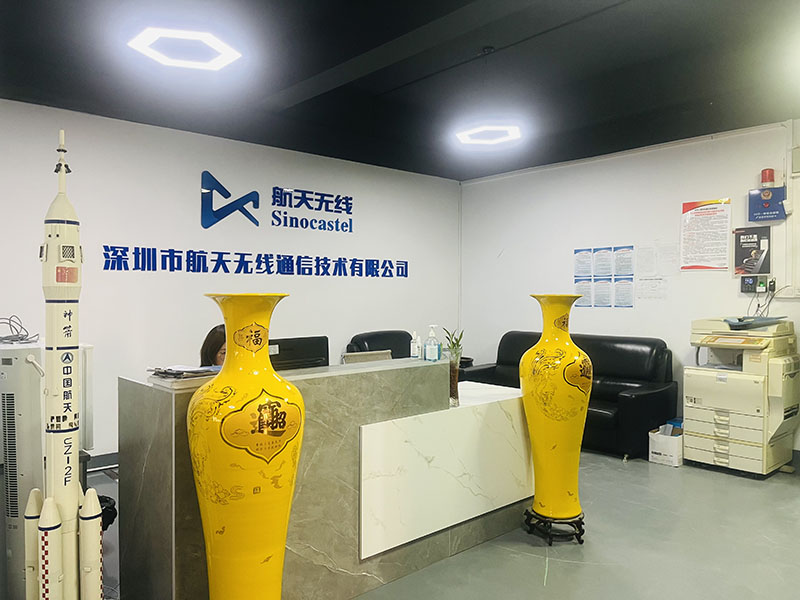Immobilisation – Bluetooth Relay Combine with Sinocastel GNSS OBDII Tracker
Bluetooth relay sensors represent a cutting-edge wireless technology that enables remote electrical switching and control across various applications. These sophisticated devices leverage Bluetooth communication protocols to provide seamless, flexible control of electrical systems, bridging the gap between traditional wired relay mechanisms and modern wireless automation technologies. By integrating advanced wireless communication with robust relay switching capabilities, these sensors offer unprecedented convenience and efficiency in controlling electrical equipment across residential, commercial, and industrial environments.
What Are Bluetooth Relay Sensors?
Bluetooth relay sensors are specialized electronic devices that combine wireless Bluetooth communication with electrical switching capabilities. These innovative components allow users to remotely control electrical circuits and equipment through smartphone applications, computer interfaces, or dedicated control systems.
Key Components of Bluetooth Relay Sensors
| Component | Function | Specification |
| Bluetooth Module | Wireless Communication | Range: 10-300 feet |
| Relay Switch | Electrical Circuit Control | 5-7A Current Rating |
| Microcontroller | Signal Processing | Low Power Consumption |
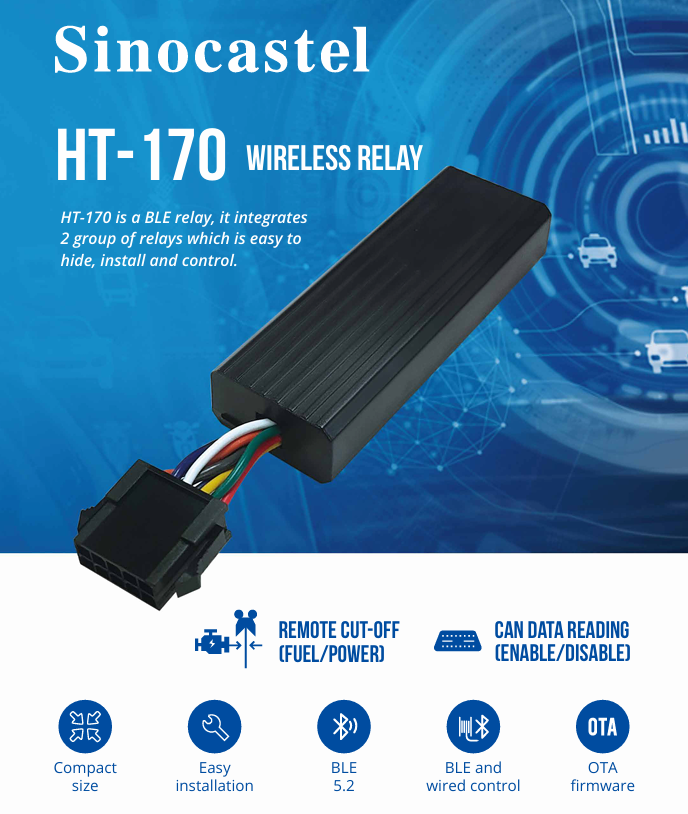 What is the Application in Remote Fleet Monitoring System?
What is the Application in Remote Fleet Monitoring System?
In fleet management, a BLE (Bluetooth Low Energy) relay, when combined with a GPNSS tracker(e.g. Sinocastel OBD solution D-218L), enhances asset tracking and security by enabling remote control and monitoring of vehicle functions and providing additional data points. This pairing allows for features like wireless remote engine immobilization, sensor monitoring, and driver behavior analysis, improving overall fleet efficiency and security.
Here’s a more detailed explanation:
-
Remote Control:
BLE relays, often acting as a wireless switch, can be controlled remotely via the GPS tracker or even directly from a smartphone.
-
Circuit Control:
They can be used to control various vehicle circuits, such as fuel pumps, engine starters, or air conditioning, allowing for functions like remote immobilization or enabling/disabling specific features.
-
Flexible Operation:
BLE relays can be configured to operate in normally open or normally closed modes and can handle a range of voltage and current loads.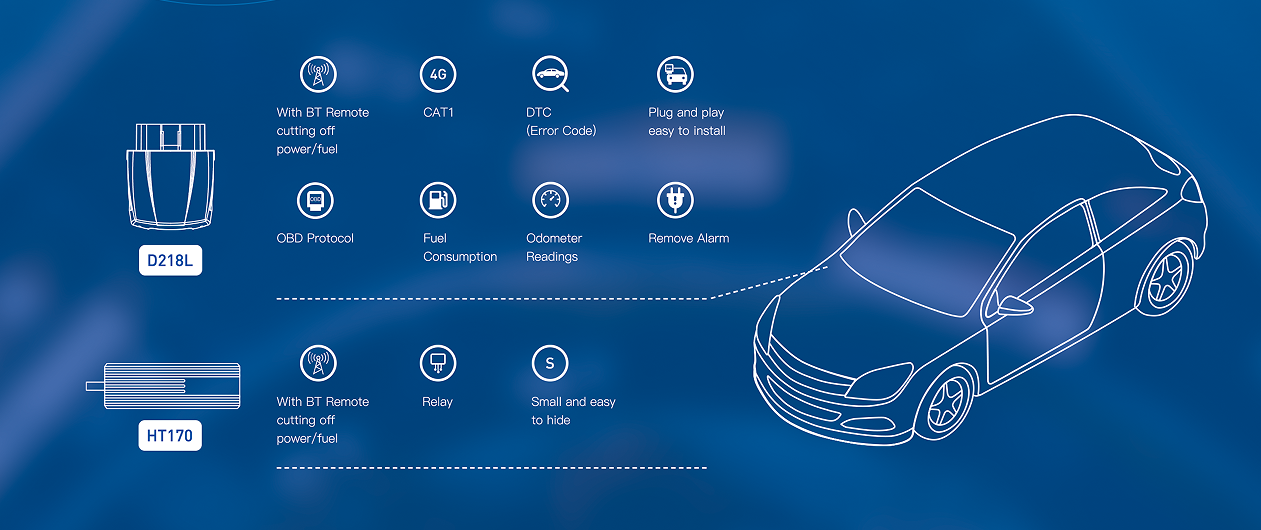
Key Benefits in Fleet Management:
-
Improved Security:
Wireless remote immobilization, real-time tracking, and integration with sensors enhance overall vehicle security.
-
Increased Efficiency:
Remote control of vehicle functions and access to sensor data can help optimize fleet operations and reduce downtime.
-
Cost Savings:
Remote monitoring and control can help reduce fuel consumption, maintenance costs, and the risk of theft or unauthorized use.
-
Enhanced Safety:
Driver behavior monitoring and alerts can help improve driver safety and reduce accidents.
-
Better Compliance:
Integration with electronic logging devices (ELDs) can help ensure compliance with Hours of Service (HOS) regulations.
Conclusion
Bluetooth relay sensors represent a transformative technology in wireless control systems, offering unprecedented flexibility and convenience across diverse applications.
The integration of BLE relays with GNSS tracker D-218 in fleet management provides a powerful and versatile solution for enhancing vehicle security, improving operational efficiency, and optimizing overall fleet performance




